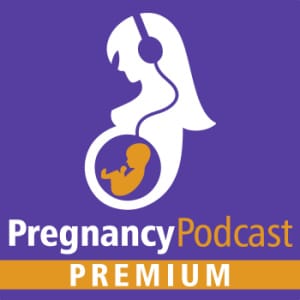Overview
The placenta is an organ with a highly specialized purpose, and that is to support the normal growth and development of your baby. Before the widespread use of ultrasounds, few expecting mothers knew what position their placenta was in or if it was considered “normal.” When you have your anatomy scan ultrasound, usually between weeks 18-22, the ultrasound technician will examine your placenta. There are many variations in size and placement. Some of these abnormalities are simply variations that have no impact on your baby, and others can signal potential complications your care provider will want to monitor. This article includes information on low-lying placenta, placenta previa, placenta accreta spectrum, bilobed placenta, succenturiate placenta, circumvallate placenta, circummarginate placenta, placenta membranacea, ring-shaped placenta, placenta fenestrata, and abnormal cord insertion.

